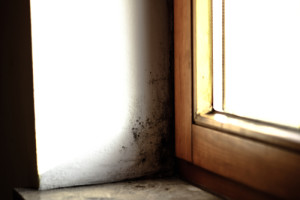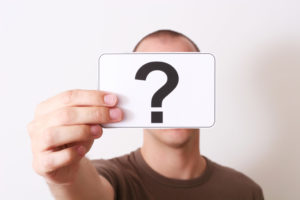FEMA: Tips on Treating Mold in a Flooded Home

FEMA: Tips on Treating Mold in a Flooded Home
When it comes to NY mold removal and keeping you informed about it, Stern Mold has you covered.
The Federal Emergency Management Agency, or FEMA, has put out a comprehensive guide for mold in your flood-damaged home and what to do about it. You can read what they say by clicking on the FEMA link, and we will summarize some of the tips and advice that they provided in their guide. Some of the most important things to know are:
• Mildew and molds grow on wood products, ceiling tiles, cardboard, wallpaper, carpets, drywall, fabric, plants, foods, insulation, decaying leaves and other organic materials.
• Mold growths, or colonies, can start to grow on a damp surface within 24 to 48 hours.
How to Get Rid of Mold
• Turn off main power if wiring is wet or moldy.
• Use fans and dehumidifiers to remove excess moisture unless mold has already started to grow.
• Remove all wet items such as furniture, rugs, bedding, toys, and carpeting.
• Wash items such as metal, glass, solid wood, plastic, and other non-porous materials with a non-ammonia detergent and hot water.
• Disinfect all cleaned surfaces with a 10% bleach solution. Let the solution stay on the surface for at least 10 minutes before rinsing with clear water and allowing to dry.
These are just some of the tips from FEMA about mold and mold removal after a flood. You can read the entire post or call us at Stern Mold for answers to all of your questions, or to schedule a free mold inspection. We are proud to be your NY mold removal expert, serving NY for over 20 years.


